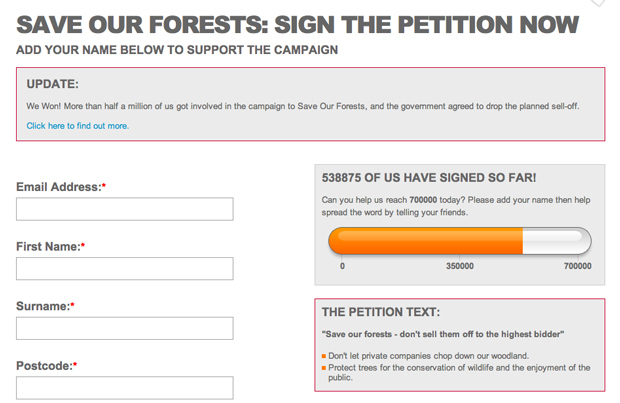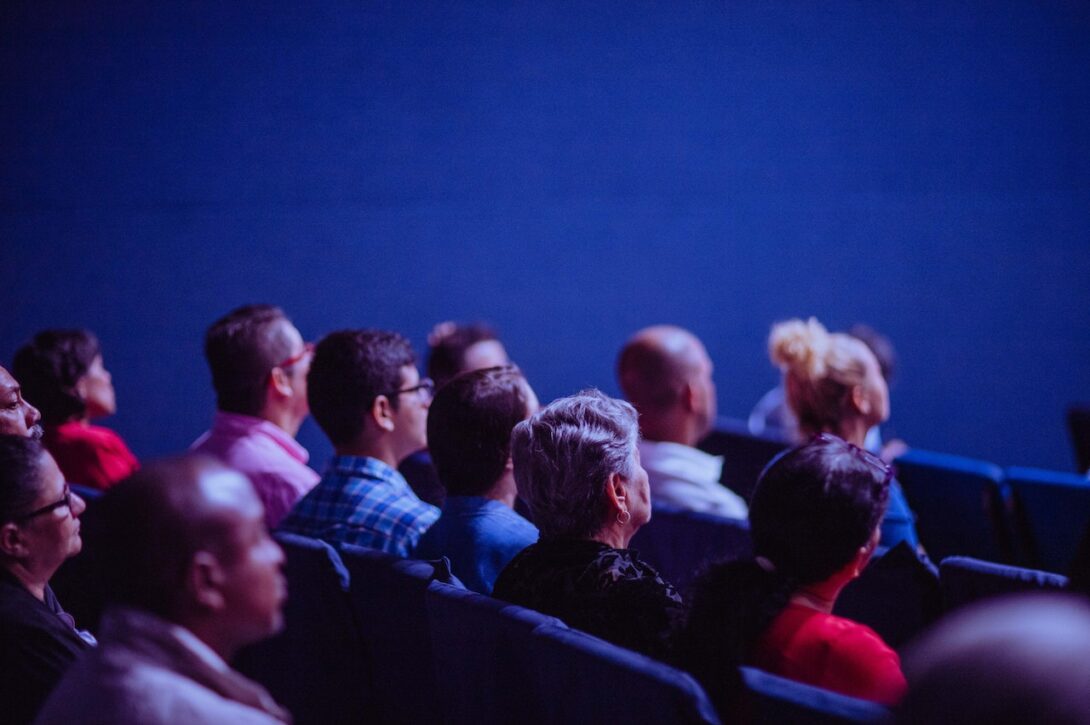Category: Politics & Government
News
- Articles from Policy & Internet
- Books
- Call for Papers
- Child Safety
- Collective Action
- Conferences
- Democracy
- Development
- Economics
- Education
- Environment
- Ethics
- Governance & Security
- Health
- Interviews
- Mapping
- Methods
- Policy
- Politics & Government
- Publications
- Social Data Science
- Submissions Closed
- Tools
- Video
- Wellbeing
-

Will China’s new national search engine, ChinaSo, fare better than “The Little Search Engine that Couldn’t”?
—
Branded explicitly as “China Search: Authoritative National Search,” ChinaSo reinforces a sense of national identity.…
-
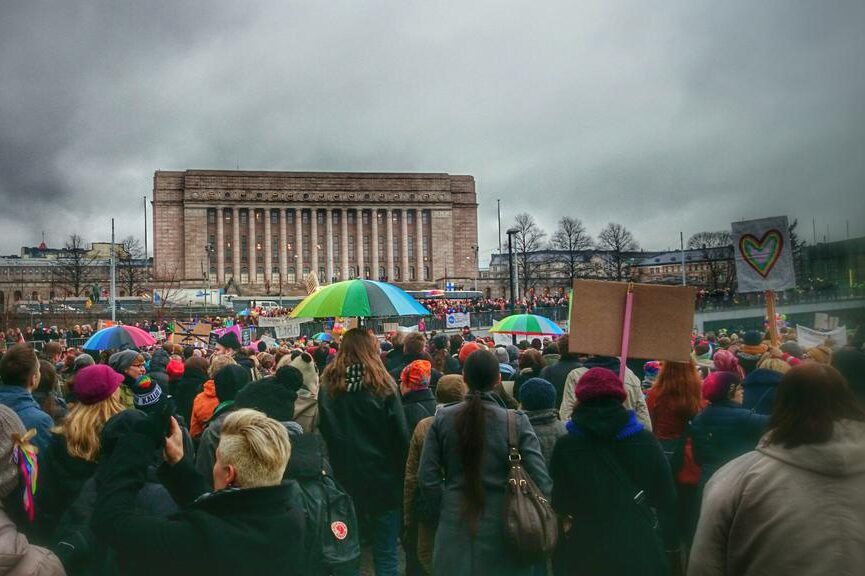
Finnish decision to allow same-sex marriage “shows the power of citizen initiatives”
It is the first piece of “crowdsourced” legislation on its way to becoming law in…
-

The life and death of political news: using online data to measure the impact of the audience agenda
Editors must now decide not only what to publish and where, but how long it…
-
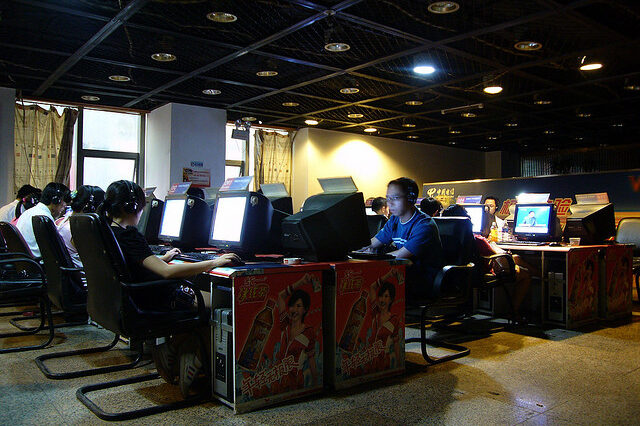
How easy is it to research the Chinese web?
—
The research expectations seem to be that control and intervention by Beijing will be most…
-
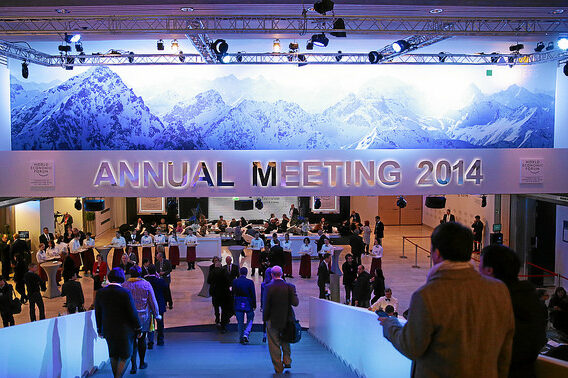
Technological innovation and disruption was a big theme of the WEF 2014 in Davos: but where was government?
The World Economic Forum engages business, political, academic and other leaders of society to shape…
-

Can text mining help handle the data deluge in public policy analysis?
—
There has been a major shift in the policies of governments concerning participatory governance—that is,…

